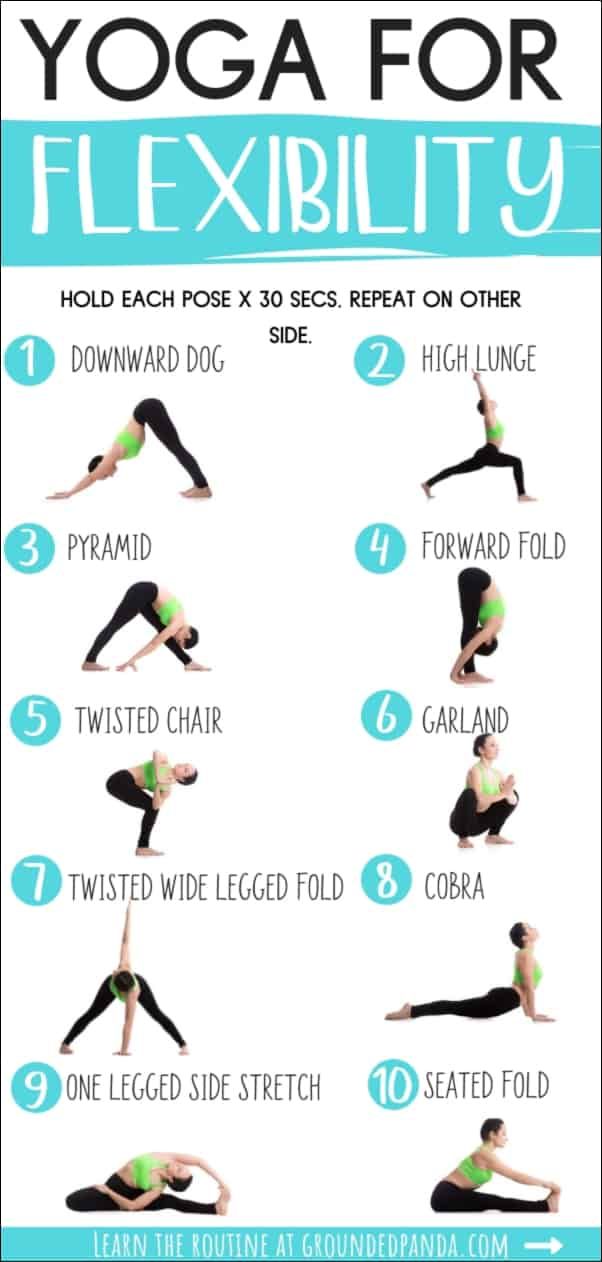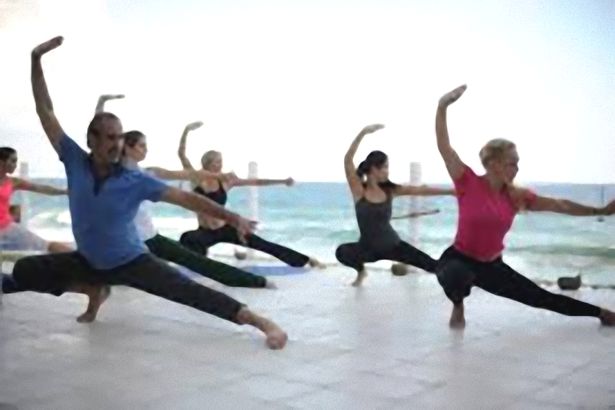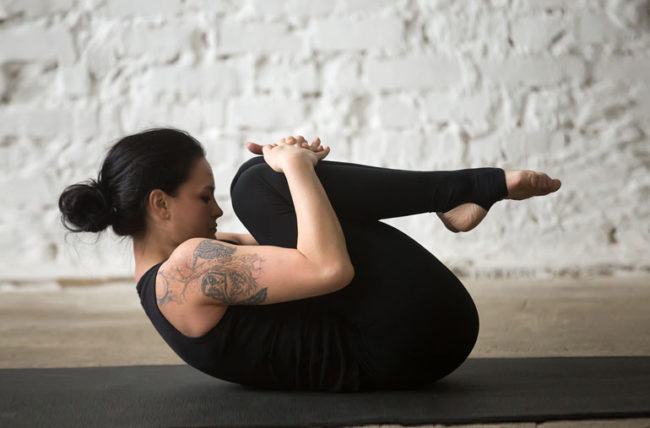
Before bed yoga is an excellent way to combat insomnia and relax the mind and body before you fall asleep. Relaxing will help you sleep better. You may even experience a deep, peaceful sleep. Many people struggle with insomnia. If you are able to practice yoga before bed, insomnia can be overcome.
supine twist
The supine twist is an excellent pose to do before you go to bed. It strengthens your spine, stimulates digestion and improves mobility of the glutes. It's also great for sleeping, since it helps relieve stress. Beginners can also use the supine turn.
It aids in the preparation of deep sleep by calming the mind and body. It also drains the accumulated blood from the legs, which is a wonderful way to improve the circulation. You may find it helps you to sleep deeper at night. Do the supine bend before going to bed to get a good night's rest.

Supine twist is a gentle twist that stretches the back and outer hips. It can also be used to strengthen the shoulders, shoulder head, and sides. Start by putting your right leg on a flat surface. You can modify this by placing a pillow under your top leg. The pose should be held for at least 10 to 20 deep breaths. Next, switch sides.
The supine twist can also help you relieve tummy discomforts. It can improve circulation and ease neck tension. You can do it if you have a recent injury. This pose will help reduce nervousness and insomnia, as well as stretching your muscles. This pose helps you relax by focusing upon your breathing.
Pose of corpse
Corpse Pose is a great way to end your yoga practice before going to bed. This poses helps the body cool down and reset its mind. It involves deep breathing and awareness. It's a wonderful way to pranayama, which is a method that allows for deep relaxation.
The Corpse Pose can either be used at the start or the end a yoga session. It does require some flexibility. It helps to ease tension in the back, legs, and shoulders. It's best to bend your knees for those with back problems. Those who are pregnant may prefer to do it on their side, with a bolster or blanket under the lower back.

Corpse Pose is an excellent way to induce deep sleep. It works by using the same alignment points as Savasana and supporting your body to relax and fall asleep more quickly. Practice Corpse Pose prior to bed can help improve your Savasana practices and increase your chances for a good sleep.
Corpse Pose is one the most relaxing yoga poses. It is great for preparing for meditation and helps to release tension and stress. It can help lower blood pressure, increase circulation, and even improve your mood.
FAQ
Does yoga have any effect on pain management?
For people with chronic back pain, yoga may be an effective treatment. They are able to improve flexibility, balance and strength, as well as their stress levels.
Before beginning any yoga regimen, consult your doctor.
How does yoga impact mental health?
Yoga is an ancient practice that originated in India. It was developed as a means to relieve stress and relax. Many people now use yoga to deal with anxiety, panic attacks (panic attacks), depression, chronic pain, insomnia, and other conditions.
Yoga can also help with physical symptoms like headaches, backaches and arthritis. Yoga has been reported to make people happier and more calm.
Is there a way to do yoga at home?
Absolutely! There are many options for practicing yoga at home. For example, you can use videos, DVDs, CDs, books, magazines, and apps.
You can even download free online yoga videos on YouTube. However, getting a good instructor to guide you through the movements is best.
What does yoga do?
Yoga is based upon alignment, breath control. Meditation and stillness principles. When practiced correctly, it creates a feeling of peace and calms within the practitioner.
The first step in any yoga class is to warm up your body. Start with simple stretches such forwarding bends or bending forward, backward bends or bending backward, twists, side bends, and other basic poses. These moves loosen tight muscles and prepare you for deeper poses.
Next, you will need to balance in the "standing" pose. During this pose, you stand with your feet, arms at your sides, and gaze down toward the floor. Your body should feel stable, centered, and balanced.
The next step is to move into deep stretching positions. These poses require you to lie on your back, face down, on the ground. Next, raise one leg and then the other. Then stretch your spine in all directions. Keep your balance and keep you from falling by grasping onto something sturdy. You can rest your hands on the ground if you don't have something to hold onto.
After completing all of these poses, you can move on to a series standing poses. These include the mountain pose, warrior pose, downward facing dog, upward facing dog, plank pose, and final pose.
When doing yoga, it's important to breathe deeply and slowly. Deep breathing will not only purify your lungs but will also calm your mind. By focusing on your exhales as well as your inhales, you can achieve deep breathing. Consider counting every time you take a deep breath.
Even while cooking, you can do yoga anywhere! You can follow the same steps as above but instead of lying flat on the floor, sit upright.
If you are new to yoga, try starting with just 10 minutes daily. Remember that yoga is for everyone, no matter your age.
Yoga involves a lot of sweating.
It depends on which type of yoga you do. Vinyasa flow (or Power) yoga involves lots jumping, twisting and turning movements. This makes it common for people who practice to sweat heavily.
In contrast, Hatha yoga focuses on poses like forwarding bends and twists. Because these poses aren't very strenuous, most practitioners won't experience heavy perspiration.
What length of time do yoga classes last for?
Yoga classes can last from 45 minutes to 90. Some teachers offer shorter and longer sessions at different times of the week.
Statistics
- According to the Agency for Healthcare Research and Quality, falls are incredibly common among older adults in nursing facilities. Even the simplest ones can increase the risk of death (24). (healthline.com)
- A 2020 review of 27 studies (1,805 total participants) of yoga interventions in children or adolescents found reductions in anxiety or depression in 70 percent of the studies, with more promising results for anxiety. (nccih.nih.gov)
- The people in the yoga group were 37 percent more likely to have quit smoking by the end of the 8-week program. (nccih.nih.gov)
- Start your Fall off right with 20% off All Access Membership when you sign up by 9/25! (corepoweryoga.com)
- Lock in 25% off your Founding Member rate. (corepoweryoga.com)
External Links
How To
Yoga can help menopause symptoms
Yoga is an ancient practice that originated in India and focuses on stretching, breathing, and meditation. It has been practiced for thousands of years as a way to stay fit. It has gained popularity as people search for alternatives to staying healthy and active in stressful situations.
Yoga is about using physical positions (asanas), to strengthen muscles, improve posture, and increase flexibility. This helps to relieve tension and build strength and stamina.
There are many types of yoga: Hatha, Vinyasa flow and Bikram. Each type of yoga focuses on a specific aspect of the body such as breathing, stretching and relaxation.
All forms of yoga aim to bring about balance in the mind and body. The benefits of yoga include improved fitness, better sleep quality, weight loss, increased energy levels, and reduced stress levels.
Many studies have shown yoga to be effective in treating anxiety, depression and insomnia. However, evidence is lacking to show that yoga has any effect on other health issues like menopausal symptoms.
As well as helping you feel healthier and happier, yoga teaches you how to relax and manage stressful situations - skills that could be helpful when dealing with menopause.
It is important that you know that yoga can cause soreness in the muscles after exercising. Your doctor should be consulted if you have questions or concerns about your health.